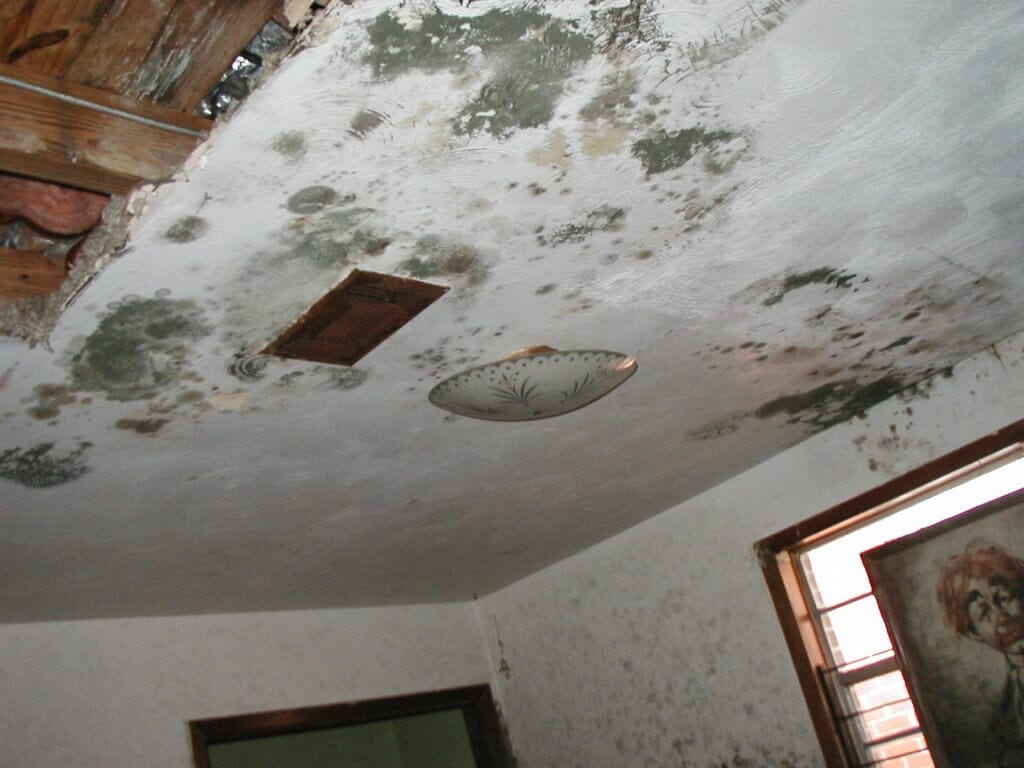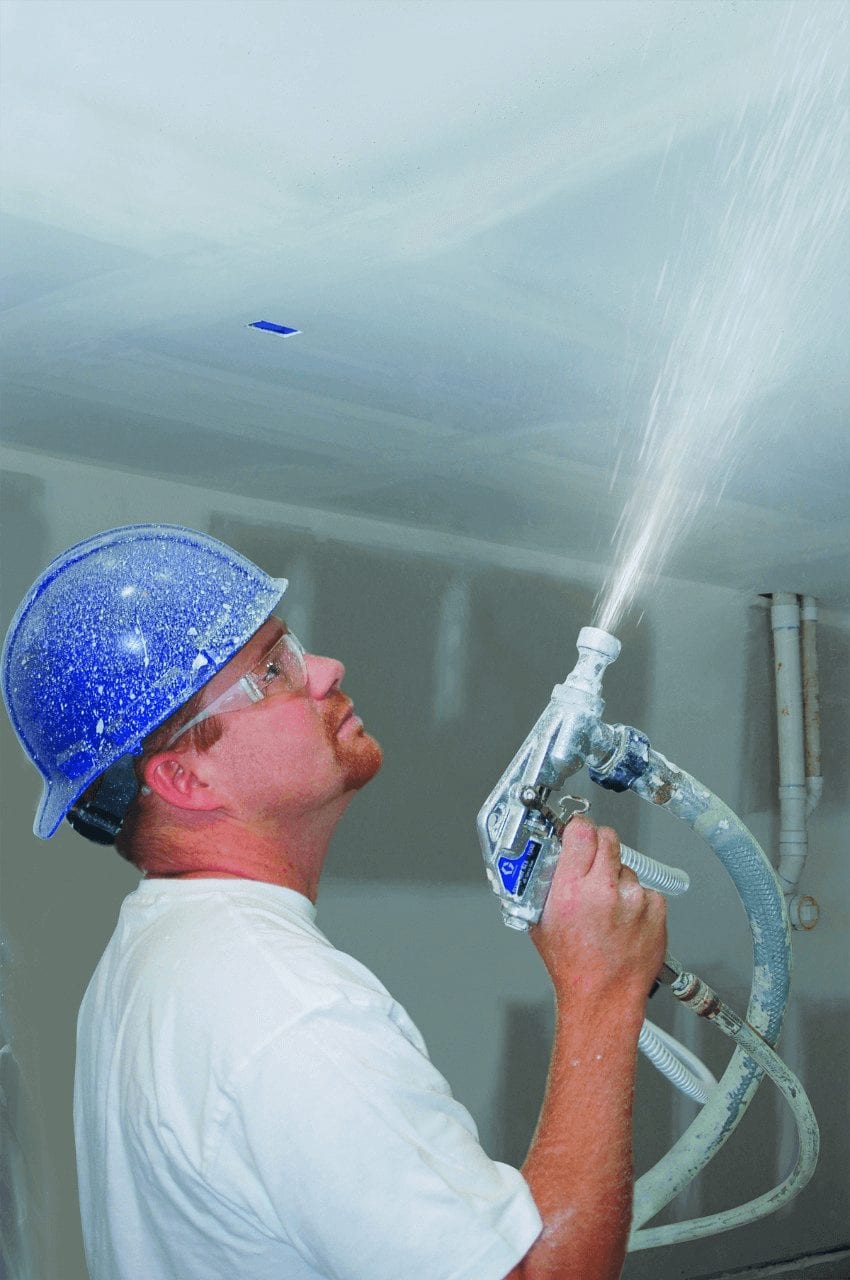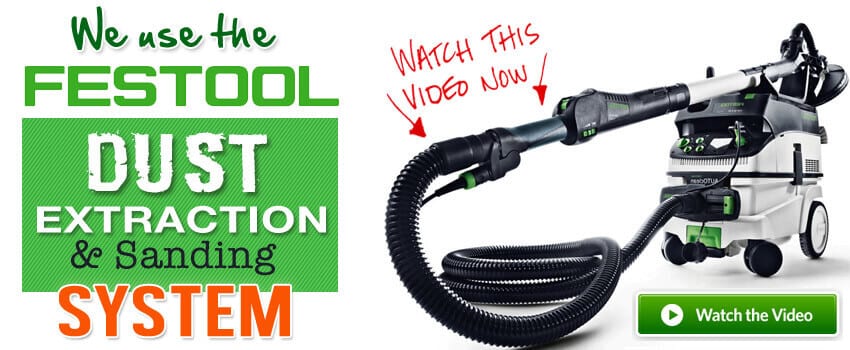Repairing & Painting a Popcorn Ceiling After Water Damage?
Anybody can paint….right?
But it’s a different matter when it comes to repairing a damaged popcorn texture on your ceiling?
If you live anywhere in the Lower Mainland of BC Canada you no doubt have come across this situation. It seems that there is an inordinate amount of water damaged homes coming up on the repair market and it usually involves some sort of water leak from a leaky roof or plumbing gone wrong. Mould removal is also associated with this kind of repair due in part to the hidden nature of the damage. Many people do not know they have a leak until it rears its ugly head in the form of an unsightly ceiling stain. If your home is a typical example of what is found in the lower mainland, then you probably have a textured ceiling that needs to be repaired. It doesn’t matter if you live in Surrey BC or up against the snowline in West Vancouver BC. You will probably have some sort of texture on your walls or ceilings.

Water Damage Repair on Textured Ceiling – A Step by Step Guide
The first thing a Professional Texture Repairman does is decide what type of texture your ceiling has. There are really only 2 types of texture that we commonly see in Vancouver and there are variations of these two types. There is a texture with aggregate (chunky bits, popcorn-shaped bits, big and small bits) and texture without aggregate (smooth, spatter, orange peel with not particulates) and hybrids and custom mixtures of the two. Basic types that can be purchased come in fine, medium and heavy (popcorn) texture and drywall mud designed for texture applications without aggregate.
Once the type of texture has been determined, it is mixed with water and allowed to sit for at least 20 minutes. It comes in either a dry form or pre-mixed. Either way, it needs to have water added. More for the dry mix and a lot less for the pre-mixed paste it comes in.
Surface Preparation – Before Applying Ceiling Texture
Something I am compelled to mention, even though this may be obvious to some, is that the texture we are about to apply is a “Decorative Finish” and is not designed to cover over bad drywall repairs. I cannot count the number of jobs I have been called on to repair good texture work over bad drywall repairs. The applied texture in all cases concealed “NONE” of the bad drywall repair. Whatever the surface condition looks like before the texture is applied, that is what it will look like after the texture is applied and it is something I cannot stress strongly enough. Do not ignore this point unless you want to give me more ceiling repair work in Vancouver…. not a bad thing for me, not so good for you.
If the drywall needs some tweaking to get it smooth and the transitions from the old to the new drywall seamless, then this is the time to do them. Make sure the transition is long and smooth not short and abrupt. It will stand out like a sore thumb.
Water Damage Repair on Textured Ceiling – A Step by Step Guide
The first thing a Professional Texture Repairman does is decide what type of texture your ceiling has. There are really only 2 types of texture that we commonly see in Vancouver and there are variations of these two types. There is a texture with aggregate (chunky bits, popcorn-shaped bits, big and small bits) and texture without aggregate (smooth, spatter, orange peel with not particulates) and hybrids and custom mixtures of the two. Basic types that can be purchased come in fine, medium and heavy (popcorn) texture and drywall mud designed for texture applications without aggregate.
Once the type of texture has been determined, it is mixed with water and allowed to sit for at least 20 minutes. It comes in either a dry form or pre-mixed. Either way, it needs to have water added. More for the dry mix and a lot less for the pre-mixed paste it comes in.
Surface Preparation – Before Applying Ceiling Texture
Something I am compelled to mention, even though this may be obvious to some, is that the texture we are about to apply is a “Decorative Finish” and is not designed to cover over bad drywall repairs. I cannot count the number of jobs I have been called on to repair good texture work over bad drywall repairs. The applied texture in all cases concealed “NONE” of the bad drywall repair. Whatever the surface condition looks like before the texture is applied, that is what it will look like after the texture is applied and it is something I cannot stress strongly enough. Do not ignore this point unless you want to give me more ceiling repair work in Vancouver…. not a bad thing for me, not so good for you.
If the drywall needs some tweaking to get it smooth and the transitions from the old to the new drywall seamless, then this is the time to do them. Make sure the transition is long and smooth not short and abrupt. It will stand out like a sore thumb.

Site Prep and Dust Debris Containment
Because the texture is going to make a mess, all the walls should and must be protected completely. I like to use double sided tape that I apply on the walls tightly up against the textured ceiling all the way around the work area. Also, all the floors must be covered. Once the job is completed all the plastic and tape removes easily.
Texture Machines & Texture Spray Hoppers
A Texture machine and hopper combination set is not something the average homeowner just goes out and buys for a few repairs around the house. A Good quality machine can cost an average of $1000 and the spray gun and Hopper another $200 – $300 depending on the brand and quality. It’s not like purchasing a roller tray and a few brushes.
Once you have your machine and hopper set up and have loaded your hopper with the texture compound that has been sitting for 20 minutes or so, you are ready to go. What I customarily do is test the pressure, constancy, and viscosity of my texture mix against some of the plastic I have draped against the walls. At this point, I can determine if the mix is good. A mix that is too runny or too dry may not give me the desired texture I am looking for and so a little fine-tuning may be in order. Also, the pressure and trigger setting determine how fast or slow the texture is going to be blown out of the gun and will affect the texture pattern. Only experience based on years of trial and error can determine the settings.
Spray Patterns and Spraying Styles
There are many schools of thought as to how one should proceed with spraying technique at this point. I have personally seen many different styles and they all work. It is definitely more of an art than a science. Figuring out your own style will take time and the experience will teach you your personal style. The only thing I will say though is to test your pressure and trigger setting on the plastic you have on your walls first and proceed slowly and cautiously. Less is more at this point. Just like adding salt to a meal. Once you’ve added too much or have ruined the look, you are going to have to scrape it off and start again. Not good! Nobody is happy at this point.
Paint Before Applying Texture or After?
When your texture was done the first time, the ceilings most probably where painted (or just primed white) before the texture was applied. The texture being the final and finish step (no painting after). You can tell if this is what you have if you look closely. The texture itself usually looks a little off white (Beige – Yellowish) and the base coat underneath is much whiter. regardless, the ceiling at this point will have to be painted over the texture to make everything look clean and even. In rare circumstances, paint can be applied first (before texture) and the texture can be left as the finish and the ceiling will look clean and blended. this, however, is very rare and in my experience, you have to paint the entire textured ceiling (even though previously unpainted) to get that clean even look.

Final Thoughts
If you have a water damaged ceiling or flood-damaged apartment or house in Vancouver BC, please consider calling us: Drywall Repairman at 604.961.4923 and we can come out and give you a free consultation on repairs. What people have been doing in recent times is sending me pictures of the damaged area (close-ups and wide shots as well) and a brief description of the job and dimensions and I have been in most cases able to give customers a ballpark figure that I have for the most part been able to stick to.
Our Service Areas go from Vancouver to Abbotsford and Beyond:
Stavros: 604.961.4923


